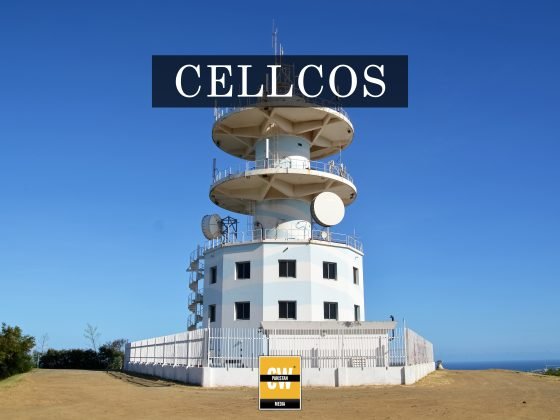Pakistan’s mobile network performance continues to show progress, with notable variations across operators and services. The latest Quality of Service (QoS) survey for Q2 2025, released by PTA, covers the months from April to June and presents detailed testing across Jazz, Zong, Telenor, and Ufone. The assessment was conducted in 19 cities through over 43,000 voice calls, thousands of SMS tests, and more than 340,000 data sessions. While 4G speeds are improving, voice and SMS reliability remain inconsistent across regions.
Jazz and Zong emerged as the leading operators in terms of download speeds. Jazz led in 16 cities, with Zong topping the charts in the remaining three. In Karachi Central, Jazz recorded speeds of 32.52 Mbps, followed by Zong at 21.92 Mbps. Jazz maintained strong speeds in cities such as Mardan and Buner, while Zong led in places like Jatoi. In larger urban areas like Multan and Bahawalpur, Jazz exceeded 40 Mbps in third-party app testing, with Zong trailing slightly behind. Telenor and Ufone struggled to match these results, often falling below 15 Mbps, with some areas seeing speeds under 5 Mbps.
Upload speeds reflected a similar trend. Jazz led in 10 cities, while Zong was first in 9. Telenor and Ufone consistently ranked third or fourth in both large and smaller urban centers. Despite slower speeds, Ufone demonstrated solid 4G and fallback 3G coverage, meeting PTA benchmarks in 18 cities. Jazz also met the same coverage standard, while Zong missed in cities like Buner and Risalpur. Telenor faced challenges, falling short in 13 out of 19 cities where both 3G and 4G coverage are still important.
Latency results showed Jazz and Zong maintaining average ping times around 59 milliseconds, offering better performance for video calls, online games, and browsing. Ufone and Telenor posted higher latencies, particularly in automode testing where devices switch between network technologies. Ufone met PTA latency standards in just 10 of the 19 cities. Web page loading speeds were also evaluated. Jazz and Ufone met acceptable thresholds in all tested locations, while Zong and Telenor experienced slower load times in places such as Mardan and Mansehra.
In voice call performance, Jazz delivered the strongest results. It passed 94 of 95 test points using PTA’s five-metric evaluation, which includes call connection success, call setup time, and audio clarity. Ufone and Zong performed fairly well, though each had a few underperforming zones. Telenor failed to meet voice quality standards in 13 cities, including Buner, where its call setup success fell below the 98% benchmark. Jazz offered the fastest call setup, averaging just over two seconds, while Ufone was slower, exceeding five seconds in rural regions.
SMS performance showed Ufone as the top performer, meeting PTA standards in 36 out of 38 cities. Zong followed with 33 cities, whereas Jazz and Telenor had lower success rates. Telenor struggled the most, failing to meet SMS delivery benchmarks in 10 cities, with notable delays in Matiari.
PTA’s QoS survey highlights the wide performance gap between operators, underlining the importance of network choice based on user location and service needs. Jazz remains the leader in internet and voice services, Zong shows strong speed and competitive performance, Ufone offers reliable coverage and SMS delivery, and Telenor requires focused improvements across several key metrics.










